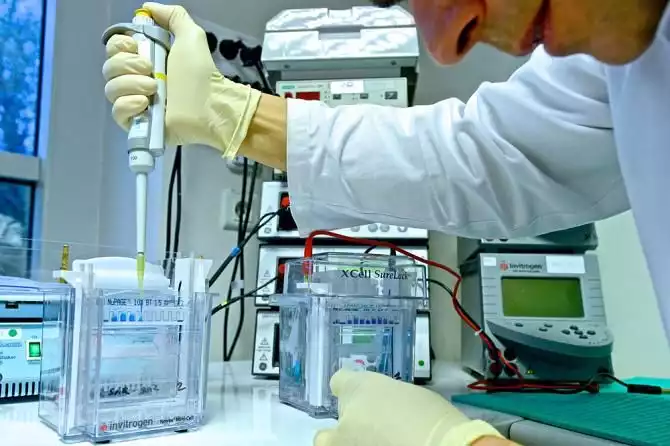The UCI will introduce stricter requirements for transgender women to compete in the women's category, halving the testosterone threshold.
Current rules stipulate a maximum serum testosterone level of 10 nmol/L, but starting in March, male-to-female athletes will be limited to 5 nmol/L and will have to prove they have been below the new threshold for 12 months before being considered eligible to compete.
The new measure was discussed at a meeting between various international sports federations in Lausanne last October; it was approved by the UCI's Management Committee on January 30, and the cycling governing body announced its introduction Tuesday morning.
The UCI has asked all national cycling federations to follow the new regulations.
"This is an important step toward integrating transgender athletes into elite sports," said UCI President David Lapartiento.
"Thanks to this consensus, our federations can now reflect developments in our society, taking into account the athletic aspirations of transgender athletes while ensuring a level playing field for all competitors.
To date, the UCI has followed the guidelines set forth by the International Olympic Committee (IOC). These guidelines serve as a "reference" for the International Federations, but are not mandatory.
The IOC is revisiting its transgender policy, but according to The Guardian, has been unable to decide on new guidelines (which are believed to include halving the testosterone threshold).
The "Guardian" reported late last year that the IOC would encourage each athletic federation to develop its own rules regarding transgender athletes, which appears to be exactly what the UCI has done after consulting with other sports, including athletics.
The current IOC guidelines, which set the testosterone threshold at 10 nmol/L, have been in effect since 2016. Prior to that, transgender athletes had to undergo sex reassignment surgery and at least two years of hormone therapy.
According to the new UCI regulations, "all transgender athletes who wish to compete in a category corresponding to their new gender" must apply to the UCI medical manager at least six weeks before competing. An athlete's eligibility will be determined by a panel of "three international experts independent of the UCI."
Those transitioning from male to female "must demonstrate that their serum testosterone level has been below 5 nmol/L for at least 12 months prior to the date of eligibility. Once determined eligible, they must remain within that threshold "for the entire time they compete in the women's category" and must undergo hormone testing using mass spectrometry.
Violations of the regulations can result in any punishment from "reprimands and warnings" to "disqualification and fines."
Sports organizations such as the International Association of Athletics Federations (IAAF) have found that natural testosterone levels are higher than the average healthy woman (0.4 nmol/L to 2.0 nmol/L), close to the healthy male range (7.0 nmol/L to 30 nmol/L) and that androgen receptors are able to take up testosterone uptake, women are claimed to have an unfair advantage over athletes in the same category. However, the basis for these findings is disputed by some scientists.
Last year, the IAAF was embroiled in a landmark legal case after it lowered testosterone limits for transgender athletes and athletes with sexual developmental differences (also known as "intersex" or "hyperandrogenism").
South African runner Caster Semenya appealed the decision, but the arbitration court ruled in favor of the IAAF, although it noted "serious concerns" about the application of the new rules.


Comments